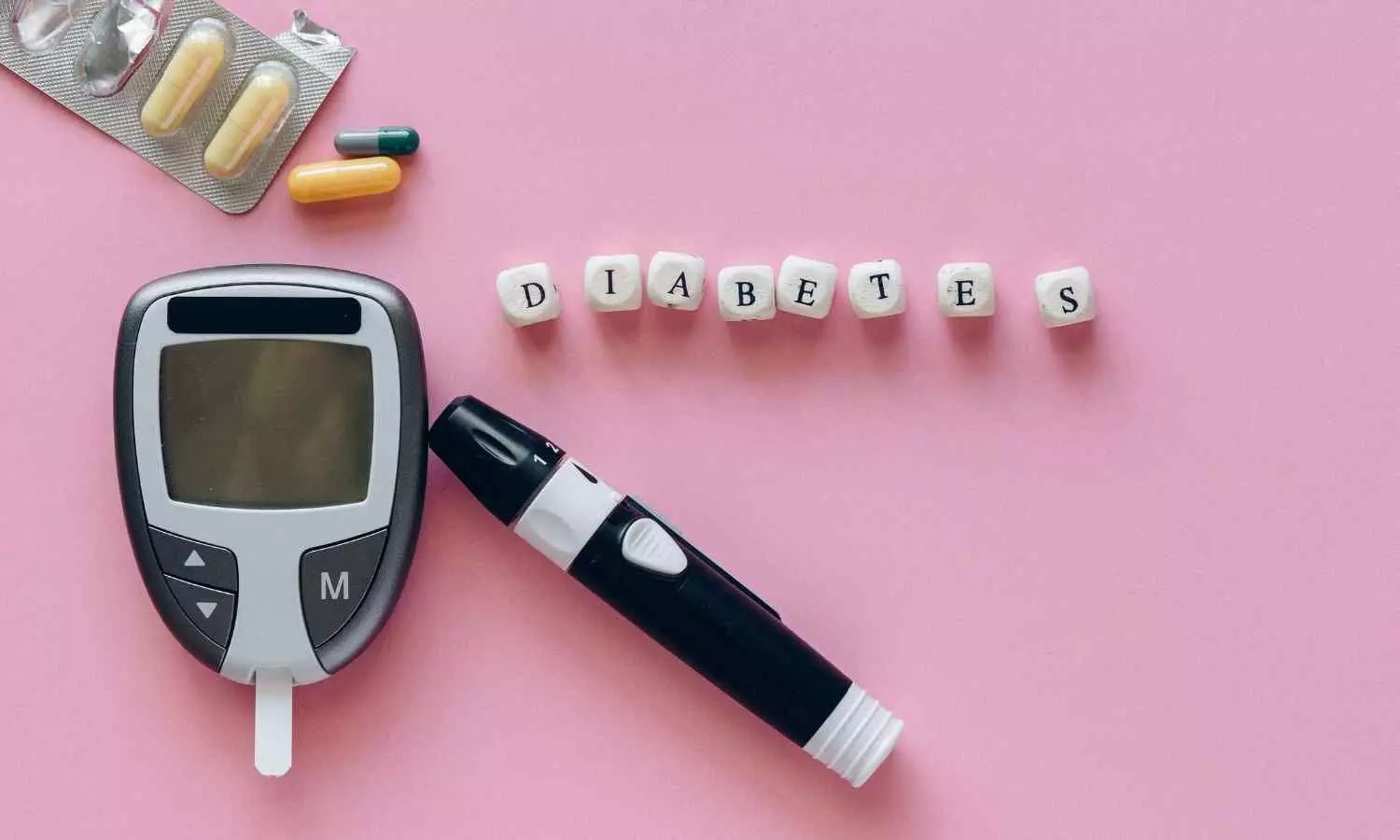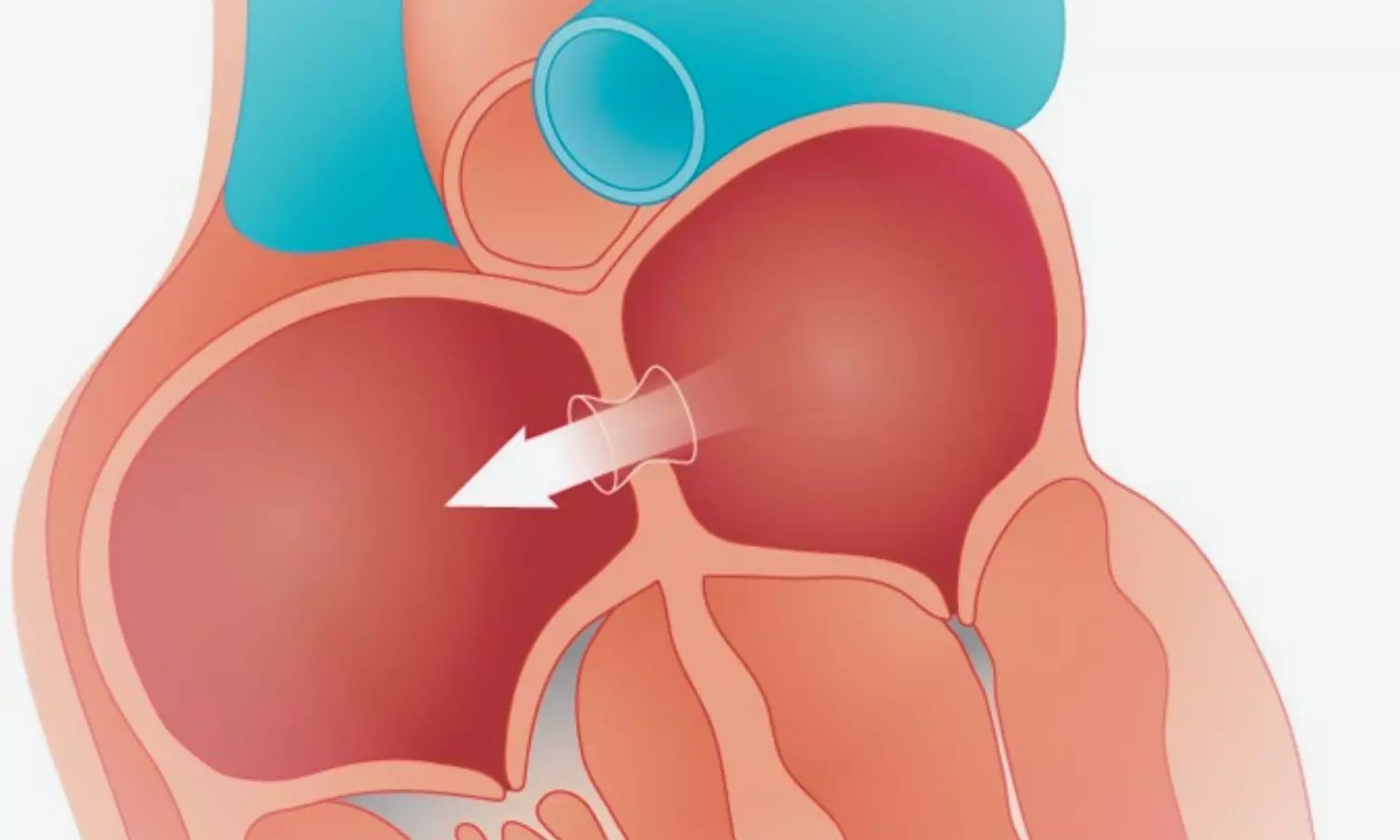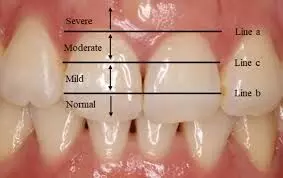
New Delhi: Pointing out that staying in the medical college hostels is not mandatory for the resident doctors, the doctors have alleged that many medical colleges across the country are forcing the resident doctors to opt for hostel stay.
Raising this issue, the doctors under the Indian Medical Association Junior Doctors’ Network IMA JDN recently wrote to the Union Health Minister Shri J P Nadda urging him to take cognisance of the issue and intervene immediately to enforce uniform compliance with NMC regulations across all medical institutes in India.
“Postgraduate medical. residents are the backbone of our healthcare system, contributing tirelessly to patient care while pursuing rigorous academic training. Ensuring their financial and mental well-being, along with providing them with a safe and conducive living environment, is vital for their ability to deliver optimal healthcare services,” the association mentioned in the letter addressed to the Health Minister.
Is Staying in Hostels Mandatory for Resident Doctors?
Medical Dialogues had earlier reported that last year on February 8, 2024, the National Medical Commission (NMC), while addressing the issuing of opting for hostel by the resident doctors, had clarified that hostel accommodation for postgraduate medical students is optional.
Back then, after receiving several complaints from PG students alleging that medical colleges were compelling them to stay in the hostel offered by the Medical Institutes and charging a hefty amount for the same, NMC had clarified that such practices violated Regulation 5.6 of the PGMER, 2023, which states, “It will be mandatory for the college to provide appropriate residential accommodation to post-graduate students. However, it will not be mandatory for the post-graduate students to stay in the hostel.”
The Apex Medical Commission had clarified in the notice that the medical colleges would be penalised as per Regulations 9.1. and 9.2 of the PGMER, 2023, which includes monetary penalty, reduction of seats, stoppage of admission etc if they found ‘compelling the PG medicos to stay in the hostel offered by the Medical Colleges/ Institutions and charging a hefty amount.’
Also Read: NMC slams Medical Colleges for Compelling PG medicos to stay in hostel, warns of strict action
Again on 19th February 2024, NMC issued a Press Release and reiterated that staying in hostels was not obligatory for postgraduate medical students. The Commission had, back then, issued a warning to the medical colleges over forcing the PG medicos to stay in the designated hostels and charging hefty fees for the same.
Referring to numerous complaints from PG medical students who alleged coercion by medical colleges to stay in designated hostels, accompanied by hefty charges, the Commission had warned the medical colleges that failure to comply with the rules may result in punitive action including monetary penalty, reduction of seats, or suspension of admissions.
Medical Colleges Forcing PG Students to Opt for Hostel Accommodation, Claims IMA-JDN:
In its letter directed to the Health Minister, IMA-JDN referred to the NMC directives issued last year explicitly stating that while medical colleges must provide suitable residential accommodations, postgraduate residents cannot be compelled to stay in these hostels.
However, the association claimed that “Unfortunately, many medical colleges across India continue to enforce mandatory hostel stays, infringing on the autonomy of residents and disregarding regulatory guidelines.”
“In addition to the compulsion of hostel stays, the imposition of mandatory mess services with unreasonably high fees has created a significant financial burden on postgraduate residents and their families. These fees are often disproportionately higher than those for comparable accommodations outside the campus, further exacerbating the financial strain on students,” it added.
Explaining how this is affecting the PG medical students, the association mentioned that the hostel and mess fees charged by the medical colleges are significantly higher than the costs of private accommodations and food services available locally. It opined that forcing the students for these is putting an immense financial strain on them and their families.
Apart from this, the association also highlighted the inadequate living conditions in the hostel including the issues like overcrowding (rooms shared by three or four residents), poor sanitation, lack of basic amenities (including study tables, chairs, cupboards, ventilation, clean drinking water), etc.
IMA Junior Doctors also argue that the enforcement of mandatory hostel stays contravenes Regulation 5.6 of the PGMER, 2023. Besides, it pointed out that the food served in the mess of the hostels is of substandard quality, leading to health issues among residents.
Accordingly, the association has urged the Minister to address these pressing issues and uphold the dignity and well-being of postgraduate residents and issue an official directive mandating all the medical colleges to adhere to the NMC guidelines, ensuring that hostel stay and mess services are not made compulsory for postgraduate residents. Further, they have sought the Minister’s intervention to ensure that the living conditions in the hostel are improved.
For this, they have suggested different measures such as limiting occupancy to no more than two residents per room, with the option of single occupancy available upon request, ensure the maintenance of hygienic and safe living conditions, including the installation of CCTV surveillance in common areas for safety, and provide essential amenities such as clean drinking water, proper ventilation, study furniture, and hygienic facilities in hostels.
Among other demands, the association has urged the Minister to regulate hostel and mess fees and ensure food safety and regular inspections by college management.
Speaking to Medical Dialogues regarding the issue, Dr. Indranil Deshmukh, National Convenor of IMA-JDN, said, “IMA JDN strongly condemns the increasing trend of mandatory hostel and mess accommodation policies imposed by various medical colleges across the country. Such coercive measures not only infringe upon medical student rights but also place an undue financial burden on them and their families.”
“Medical students and postgraduates should have the autonomy to choose their living arrangements based on their personal, financial, and academic needs. Forcing students to stay in hostels and subscribe to college mess facilities, often at exorbitant rates, is unjust and counterproductive. Many students prefer alternative accommodations that are more affordable, comfortable, or conducive to their study habits,” he added.
“We urge the concerned authorities, including the National Medical Commission (NMC) and the respective state governments, to intervene and ensure that medical institutions adopt a student-friendly approach. Education policies should prioritize the well-being and freedom of students rather than imposing unnecessary restrictions,” Dr. Deshmukh further mentioned.
Also Read: Upto Rs 1 crore penalty, Stoppage of admissions: NMC warns medical colleges of harsh penalties for forcing medicos to stay in hostel











